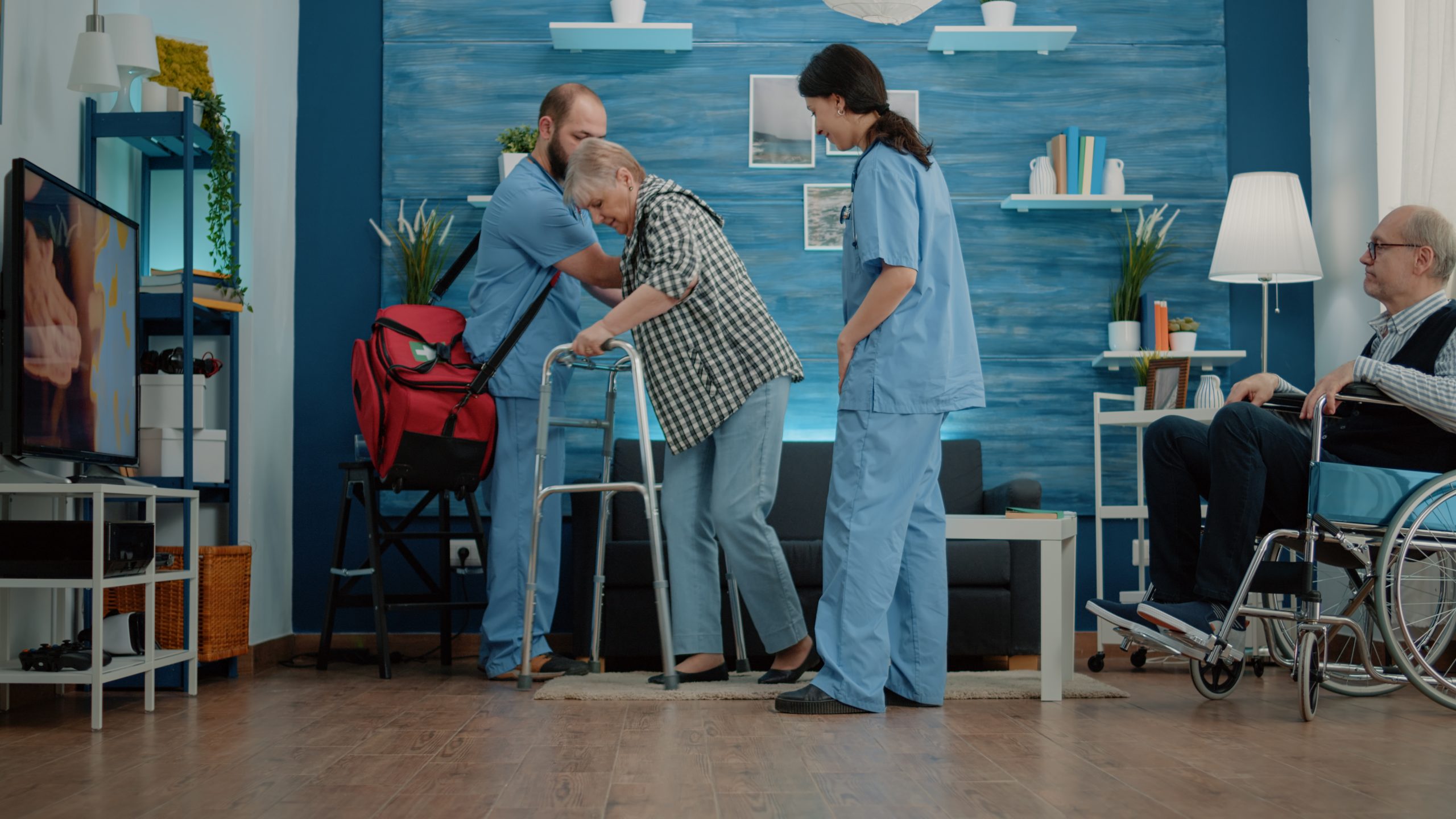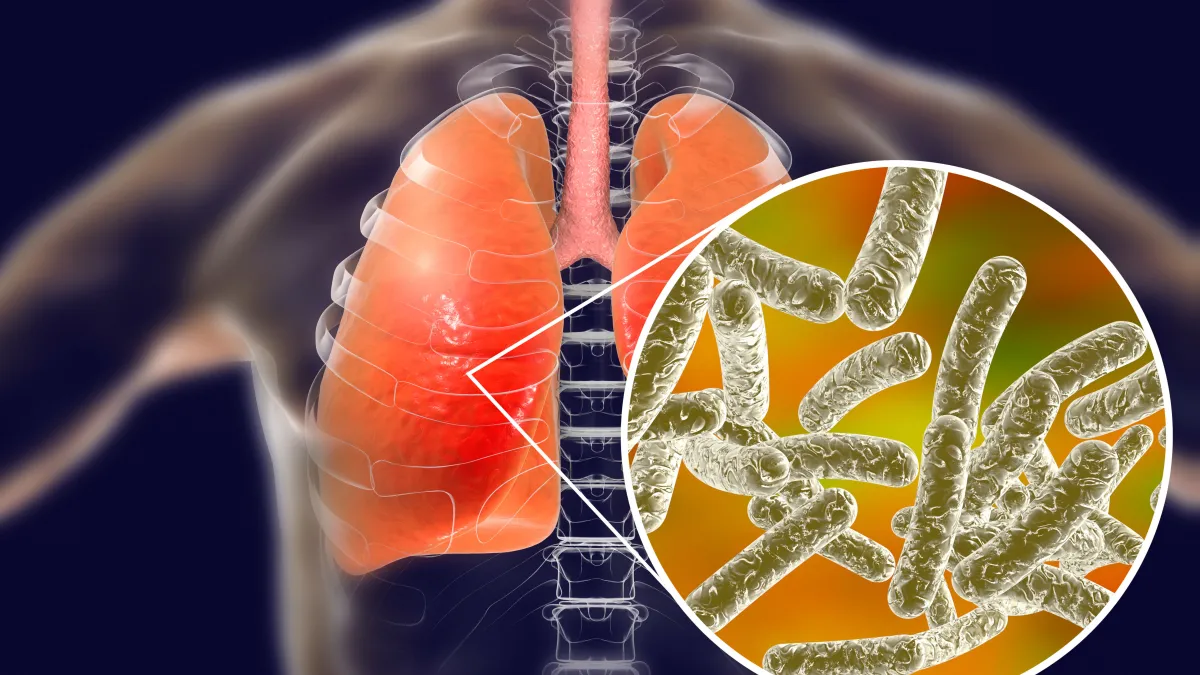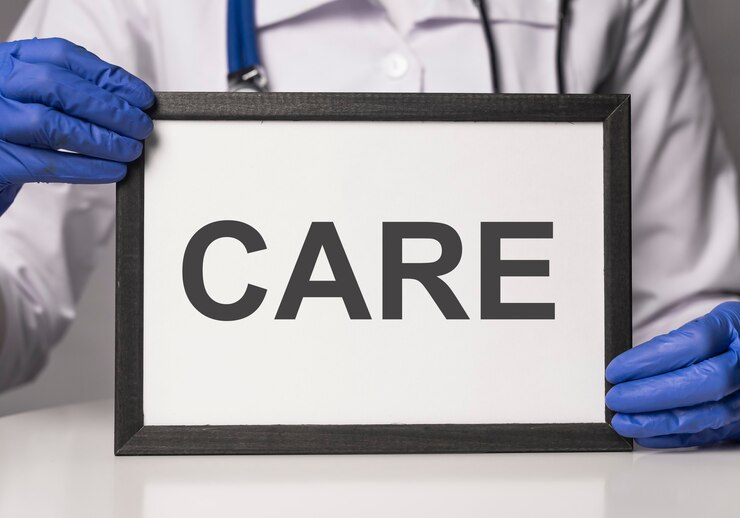Moving and Handling People
Knowing the Fundamentals (People in Focus)
Explore the principles of handling and transporting people. Examine the significance of using the right methods and tools to protect your health and safety as well as the health of others you help. The foundation for a safe and considerate method of dealing with people is laid out in this session.
The Craft of Communication: Establishing Human Connections
When handling and relocating individuals, communication is essential. Discover easy and efficient ways to communicate so that everything goes smoothly and with respect for everyone. Learn how keeping lines of communication open helps ensure the security and well-being of those you are helping.
Equipment Explained (Uses for Helping Others)
Learn about the devices and tools made to facilitate handling and moving humans. This lesson deconstructs the fundamentals of using hoists and slings, highlighting their function in enhancing both productivity and the welfare of the individuals under your supervision.
Knowing the Fundamentals (People in Focus)
Explore the principles of handling and transporting people. Examine the significance of using the right methods and tools to protect your health and safety as well as the health of others you help. The foundation for a safe and considerate method of dealing with people is laid out in this session.
The Craft of Communication: Establishing Human Connections
When handling and relocating individuals, communication is essential. Discover easy and efficient ways to communicate so that everything goes smoothly and with respect for everyone. Learn how keeping lines of communication open helps ensure the security and well-being of those you are helping.
Equipment Explained (Uses for Helping Others)
Learn about the devices and tools made to facilitate handling and moving humans. This lesson deconstructs the fundamentals of using hoists and slings, highlighting their function in enhancing both productivity and the welfare of the individuals under your supervision.
Lessons
Brief Description of Moving and Handling People
Module 1: The Principles of Safer Patient Handling
Module 2: Moving and Handling Assessments
Module 3: Practical Skills
Module 4: Transferring and Walking
Module 5: Avoiding and Dealing with Patient Falls
Module 6: Fitting and Using a Flat or Tubular Slide Sheet
Module seven discusses bed mobility and turning patients in bed. It emphasizes the importance of considering the patient's condition, including confusion, multiple injuries, or weak joints.
Module 8: Other Patient Manoeuvres
Module 9: Sitting a Patient Up
In module 10, we discuss the use of hoists in care settings. Hoists are essential for people who cannot move themselves and come in three types: mobile, stable, and gantry. They can be powered by batteries, electricity, or a person's hand.
Module 11: Checking the Hoist
Module 12: More Hoisting Practicalities
Module 13: More Hoisting Techniques






No Comments